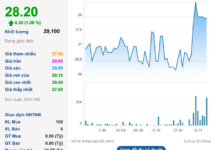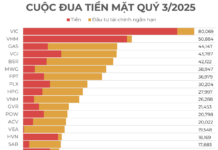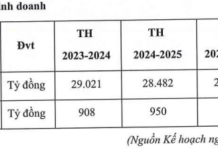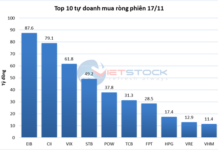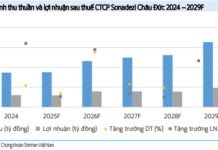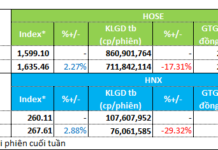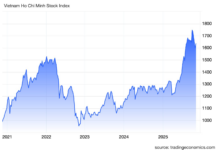
A little-known metal called antimony has surged 300% this year, outperforming gold, silver, and even Bitcoin. With prices soaring from $11,000 to over $40,000 per ton, and a projected value of $50,000 per ton by 2025, antimony is attracting attention for more than just its performance.
The recent spike in antimony prices can be attributed to China’s decision to cut off supply to the US this summer. As a result, the West has begun funneling billions of dollars into alternative sources, with Australia’s Larvotto and its “golden” Hillgrove project leading the way. This has also spurred the emergence of new players like Military Metals Corp, which has acquired two of the world’s top ten antimony projects and is rapidly bringing a new mine online. One of their key acquisitions is the Trojarova project in Slovakia, a Cold War-era mine estimated to contain nearly 70,000 tons of antimony, worth approximately $2 billion at current prices.
The significance of antimony, often overlooked post-Cold War, is now front and center due to geopolitical tensions and NATO countries’ massive rearmament efforts. With Western governments investing heavily in replenishing their depleted weapons stockpiles, the demand for antimony has skyrocketed.
Military Metals isn’t putting all its eggs in one basket, though. They are also making moves in North America, specifically targeting the renowned West Gore antimony mine in Nova Scotia, Canada. Despite their modest $12 million valuation, Military Metals’ new Slovakian operation is worth an estimated $2 billion in ore at current antimony prices, not to mention the potential of the West Gore mine.
As of September 15, China has tightened its control over the buying, selling, and export of antimony and its products. With a 32% global reserve and producing 48% of the world’s antimony, China’s actions have significant implications for the market.
Antimony, a metalloid with both metallic and non-metallic properties, has long been used by humans for various purposes, from medicine to cosmetics. Today, its primary use is as a flame retardant, accounting for about half of global consumption in 2023. Antimony is also crucial in the production of photovoltaic glass, enhancing the efficiency of solar panels and batteries. Its unique properties make it essential in military applications, from night-vision goggles to armor-piercing ammunition, infrared missiles, and even nuclear weapons.











